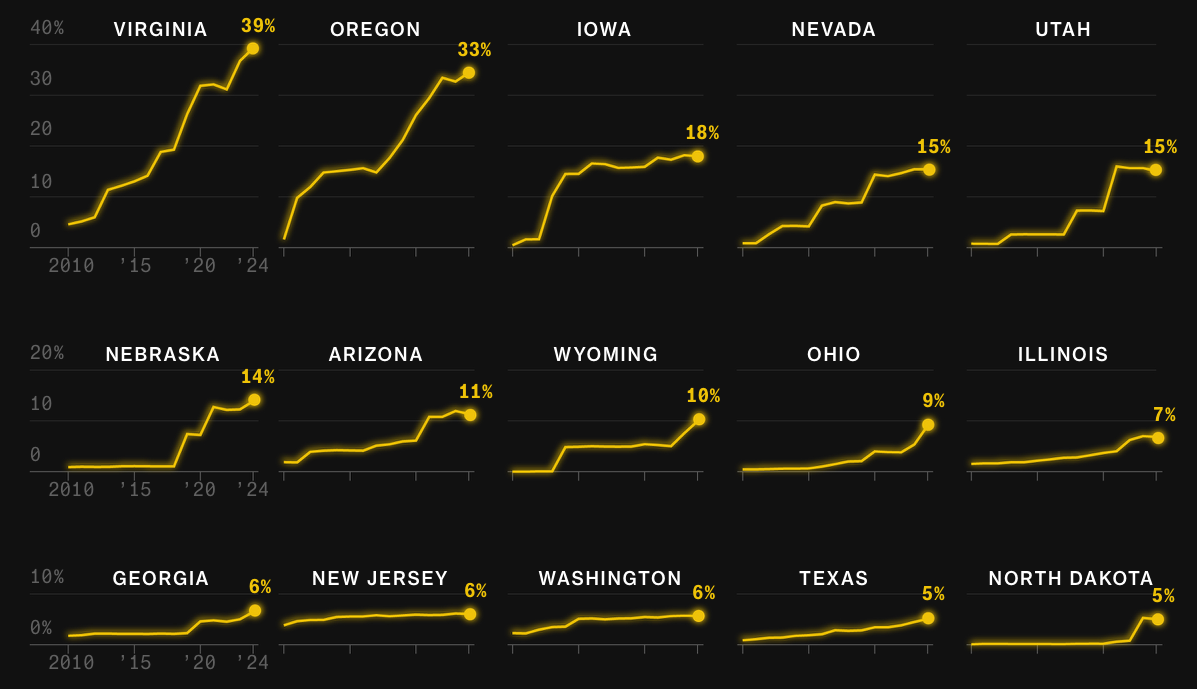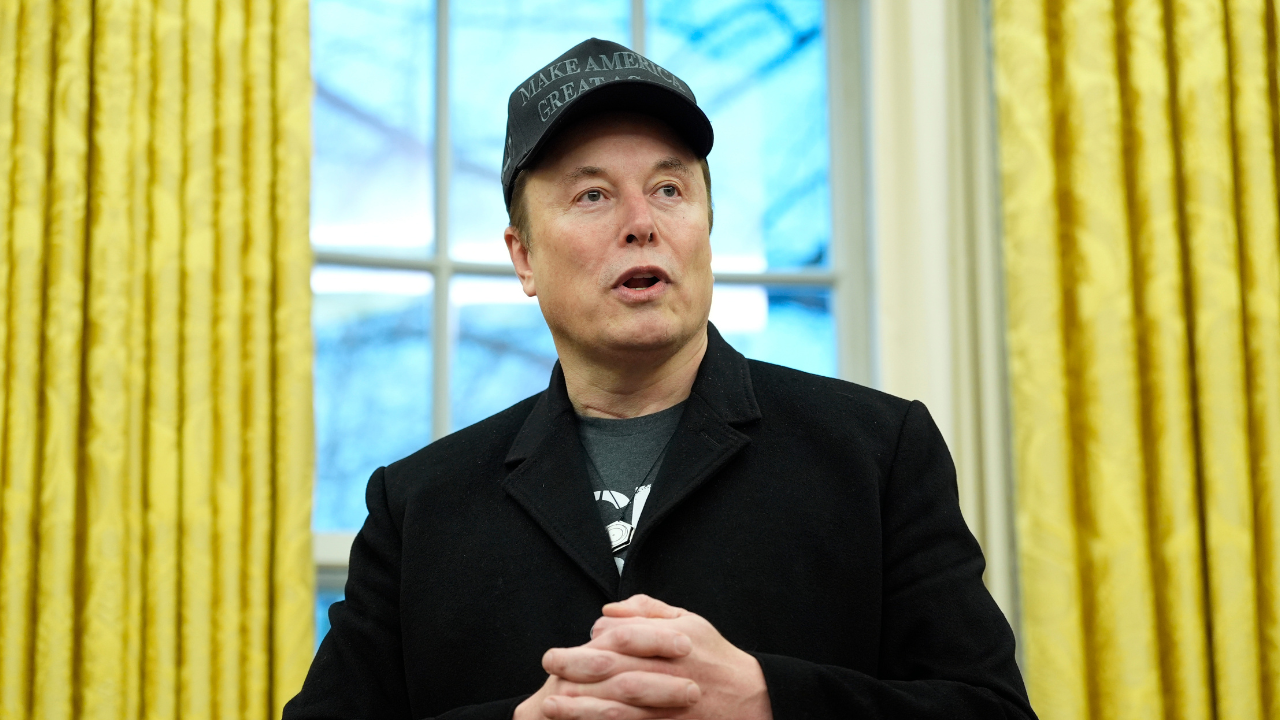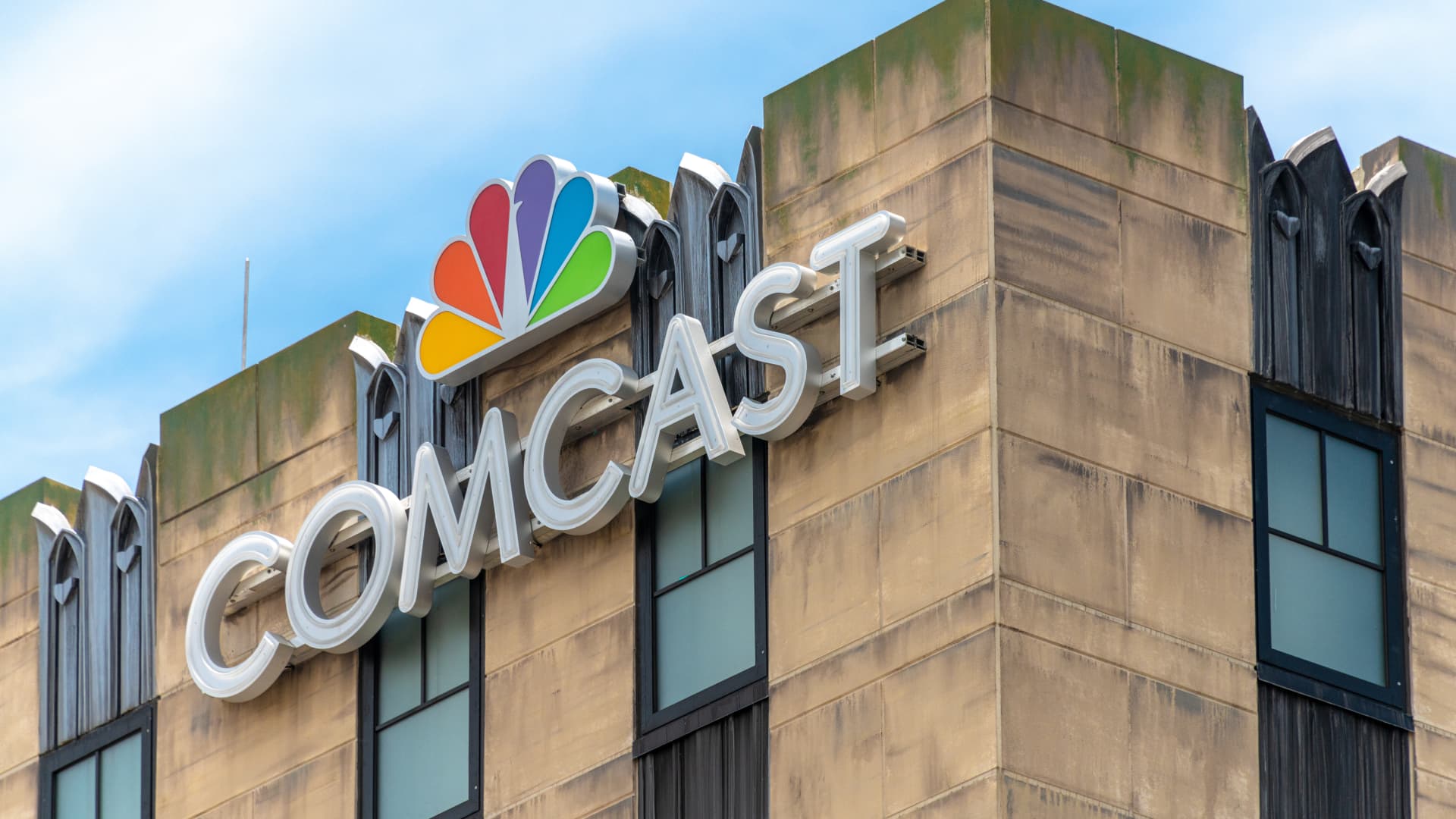Big Tech Data Centers Spike Power Bills, Meta’s Buy-or-Bury Strategy Draws Monopoly Case (Again)
This week in The Dispatch we’re covering soaring electricity bills as Big Tech’s AI boom drains the grid, another Meta antitrust, buy-or-bury lawsuit, and a hopeful bipartisan AI bill.

This week in The Dispatch we’re covering soaring electricity bills as Big Tech’s AI boom drains the grid, another Meta antitrust, buy-or-bury lawsuit, and a hopeful bipartisan AI bill.
Welcome back to The Dispatch from The Tech Oversight Project, your weekly updates on all things tech accountability. Follow us on Twitter at @Tech_Oversight and @techoversight.bsky.social on Bluesky.

💡YOU ARE PAYING FOR BIG TECH’S DATA CENTER ADDICTION: Electricity prices near data centers haven’t just gone up — they’ve exploded. In some regions, wholesale costs are 267% higher than five years ago, and utilities are passing those costs straight to households and small businesses.
Big Tech’s A.I. data centers are now the biggest new driver of U.S. electricity demand. By 2035, they’re expected to use nearly one in every ten watts on the grid — the fastest surge in consumption since air conditioning transformed the American economy in the 1960s.
In Virginia, Dominion Energy projects demand will rise more than 75% by 2039 with data centers, compared to just 10% without them. The company has asked regulators to raise rates by about $20 a month for the average household.
And those costs aren’t confined to Virginia. In 2024, “last-mile” electrical connections in just seven states (IL, MD, NJ, OH, PA, VA, WV) totaled $4.3 billion — covered by general ratepayers, not the companies building the data centers.

Judge Nicole Pastore in Baltimore has seen her own bill climb 50% in a year — and Kevin Stanley, a blind 57-year-old who lives on disability payments, says his power bills are 80% higher than three years ago.
“They’re going up and up,” he said. “You wonder, ‘What is your breaking point?’”
Meanwhile, while emissions from in-house data centers of Google, Microsoft, Meta, and Apple may be as much as 662% higher than their official reports, the companies driving this crisis show no signs of slowing down:
- Amazon’s data centers are guzzling so much energy that regulators capped how much it could take from a single nuclear plant — yet customers are still stuck with rising bills.
- Meta is building a Louisiana complex so massive it will draw nearly 5 gigawatts of power, straining local utilities while families pay more each month.
- Nvidia plans to spend $100 billion on new data centers for OpenAI.
- OpenAI and Oracle are building 4.5 gigawatts of new sites.
Globally, A.I. data centers are on track to use 4% of all electricity by 2035. If they were a country, they’d rank fourth in consumption, behind only China, the U.S., and India.
The A.I. boom isn’t virtual. It’s straining the grid and raising bills in real time. Most Americans want politicians to rein in Big Tech. Their data center addiction is turning into an energy crisis, fueling higher heating and electricity costs across the country. Communities are pushing back, and governors and state attorneys general are stepping in to challenge the industry’s misleading claims and unchecked growth — but until real limits are set, families will keep paying the price.

🦆IF IT WALKS LIKE A MONOPOLY AND ACTS LIKE A MONOPOLY, GONNA BET IT'S A MONOPOLY: Meta went from plucky to start-up to empire because of its reliance on an age-old monopolist strategy: buy or bury. When rivals showed promise, Meta either acquired them outright or quietly copied and crushed them. So it should shock absolutely no one that a new lawsuit accuses the company of stealing its Instagram Shopping model from a London startup and turning it into a billion-dollar monopoly.
In 2015, Ollywan’s CEO shared his app’s confidential plans — affiliate shopping, product-tag features, the whole playbook — with Meta executives under the auspices of a potential partnership. Six weeks after Ollywan launched its app “Winstag,” Instagram Shopping rolled out with nearly identical features. Meta then piled on with trademark objections to keep users away. By 2023, Ollywan was gone; Instagram Shopping, meanwhile, was worth more than $2 billion a year.
If that sounds familiar, it should — copying rivals and crushing them is practically Meta’s house style.
In 2013, Meta acquired Onavo, a VPN marketed as a privacy tool but secretly used as spyware. Onavo funneled user traffic back to Facebook’s servers, letting the company monitor how people used competitors like Snapchat and YouTube. Internal documents later revealed “Project Ghostbusters,” an effort to clone and decrypt Snapchat traffic and steal insights into its user base. Meta used the surveillance data to copy Snapchat’s features into Instagram Stories, attempting to crush a rival that threatened its dominance.
Whether through covert surveillance or anticompetitive copy-paste, Mark Zuckerberg’s goal is always the same: to preserve his monopoly at all costs. Meta is still facing revived lawsuits from photo app Phhhoto and the FTC’s ongoing case to unwind its acquisitions of Instagram and WhatsApp.
This is just another case where Meta “deliberately stole” a startup’s business plan, weaponized its monopoly, and buried a rival. If it looks like a duck and quacks like a duck, it’s Meta.

🪞TRANSPARENT AI: Sens. Josh Hawley (R-Mo.) and Richard Blumenthal (D-Conn.) rolled out the Artificial Intelligence Risk Evaluation Act, new legislation that’d require independent evaluations of AI systems before they hit the market — a long-overdue move to put public safety ahead of corporate hype.
If signed into law, developers would need to disclose safety testing results, explain potential harms, and submit to ongoing oversight – just like cars that undergo crash tests before they hit the road. The bill would give federal regulators a formal role in reviewing risks, rather than relying on voluntary, company-led disclosure regimes.
“As Big Tech companies continue to develop new generations of artificial intelligence, the wide-ranging risks of their technology continue to grow unchecked and underreported. Simply stated, Congress must not allow our national security, civil liberties, and labor protections to take a back seat to AI,” said Sen. Hawley.
It’s a promising step, but only part of the solution. Congress still needs to advance broader accountability measures like the Kids Online Safety Act — and just as importantly, reject industry-backed proposals that would kneecap federal oversight, like Ted Cruz’s SANDBOX bill, which would allow the White House to block any federal law or regulation on a company-by-company basis – if deemed too inconvenient for Big Tech monopolies. Guardrails mean nothing if they come with preemption that shields tech giants from real accountability.

A New Section 230: Why AI Preemption Would Let Tech Off the Hook Again
Brad Carson, Tech Policy Press
Meta’s Chatbot Scandal Is Really a Culture Problem
Gautam Mukunda, Bloomberg
There Are Two Economies: A.I. and Everything Else
Natasha Sarin, The New York Times












